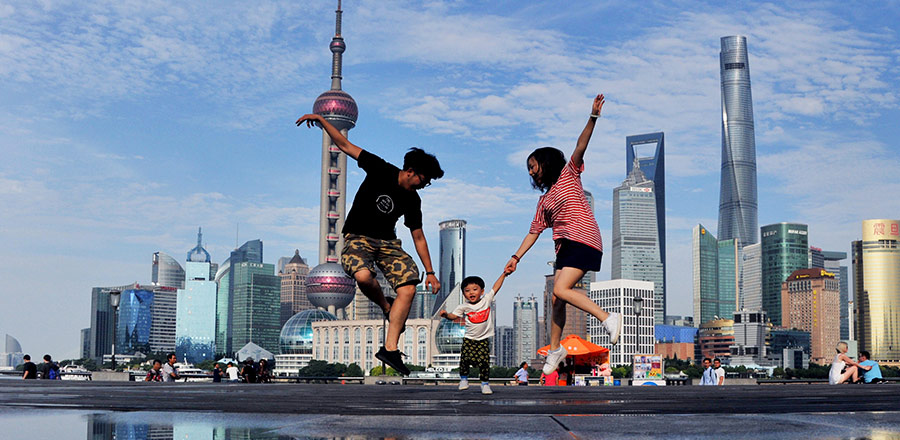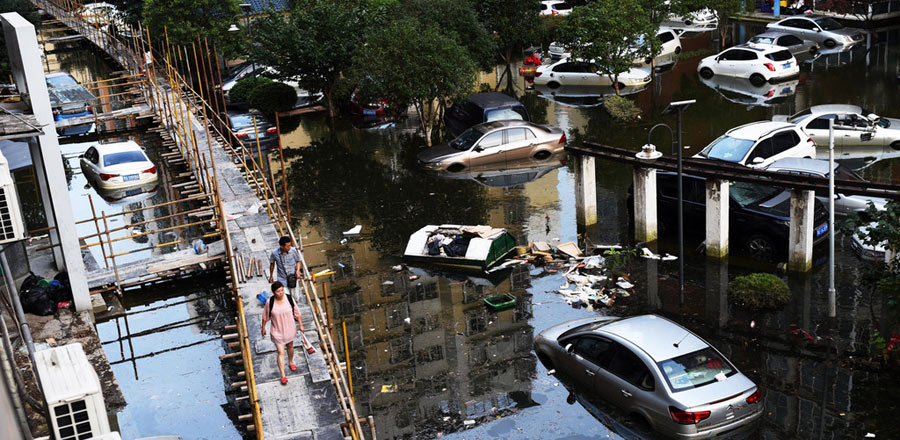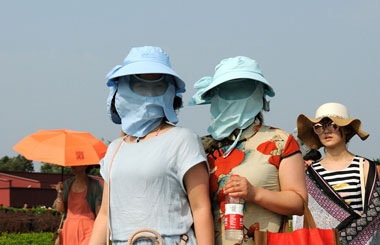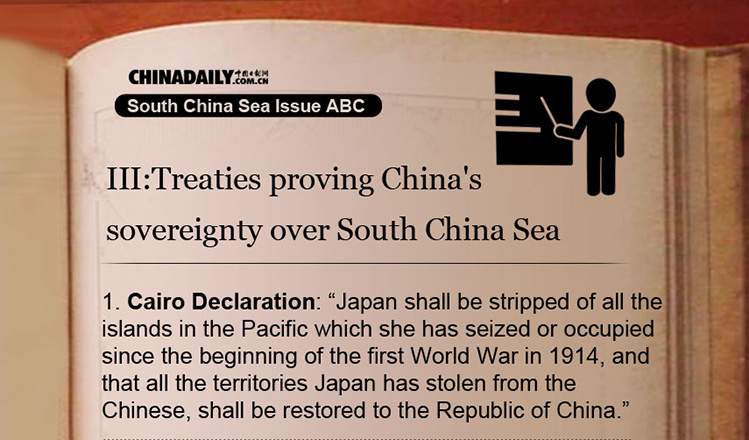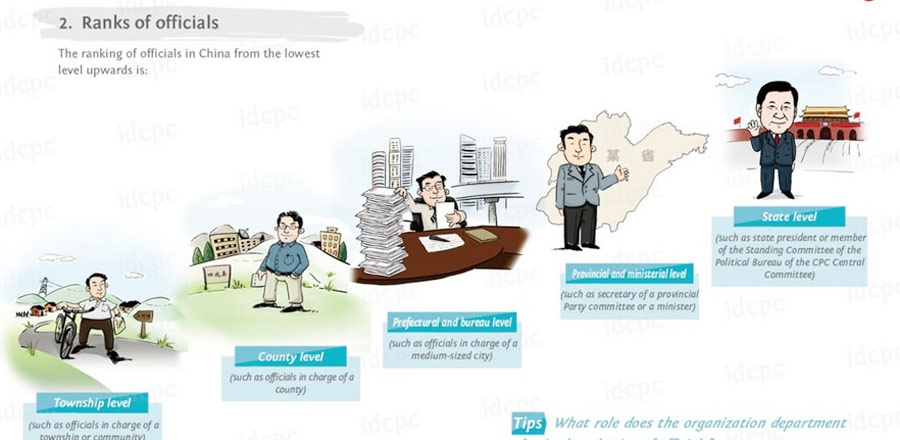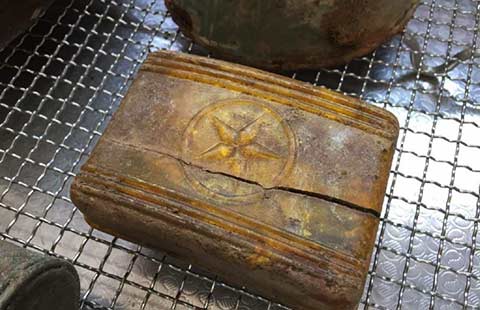
Preliminary data show unhealthy soup of PM2.5 circulating freely
A majority of China's provinces experienced air pollution that blew in from neighboring regions in 2015, but in Hainan, the island province, it amounted to as much as 72 percent of pollutants, according to preliminary results from a national think tank on environmental issues.
Last year, Hainan only generated 28 percent of its own PM2.5, fine particulate matter hazardous to human health. The bulk of it came from neighboring provinces - 20 percent from Guangdong, for instance - a report from the Chinese Academy for Environmental Planning found.
Of the 31 areas covered in the report, Beijing, Tianjin and Hebei province each saw a significant amount of pollution blow in from somewhere else, including crossover from each other.
Transient pollution in Beijing, Tianjin and Hebei province averaged 40 percent of their totals. A lot of Hebei's pollution blew in from Shandong province last year.
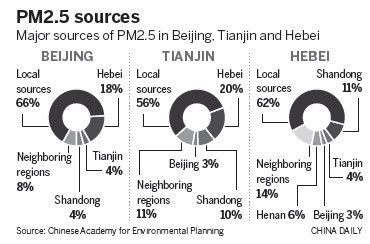
In Beijing, 66 percent of PM2.5 was generated locally, with the remaining 34 percent coming from nearby regions.
Pollution in Hebei - where seven cities have been listed among the top 10 for worst air quality since 2013 - also affected Beijing and Tianjin. Hebei was responsible for 18 percent of the capital's PM2.5 and 20 percent of Tianjin's. Hebei also received 38 percent of its PM2.5 from other regions last year.
"It's only preliminary results from ongoing research, and it needs further evaluation and possible correction," Lei Yu, deputy director of the air quality research department of the academy, said on Monday.
The academy has formed a team of experts, including Lei, to conduct research on PM2.5 transmission since 2014. The team used a new model for logging pollution sources in 2015.
The final transmission rates of PM2.5 for last year have not been released, though transient pollution is clearly a significant factor in the equation, experts and government officials agree.
Coordination between areas has grown into a major issue in the fight against air pollution, especially in the Beijing-Tianjin-Hebei region, said He Kebin, head of the School of Environment at Tsinghua University after the release of an assessment on July 4 gauging the national air pollution control campaign.
Beijing has set an air pollution reduction target for PM2.5 at 60 micrograms per cubic meter by 2017. The city averaged 80.9 micrograms in 2015, suggesting the target will be hard to reach.
To reach regional targets, Beijing, Tianjin and Hebei have created a coordination mechanism to share statistics and conduct joint inspections.
In addition, Langfang and Baoding, two Hebei cities that neighbor Beijing, have set tougher reduction targets than those set by the province, to help the Chinese capital meet its goal by 2017.
Governments have also tightened their oversight of companies discharging air pollutants along major transmission routes in the region, He added.
zhengjinran@chinadaily.com.cn
(China Daily 07/12/2016 page4)

